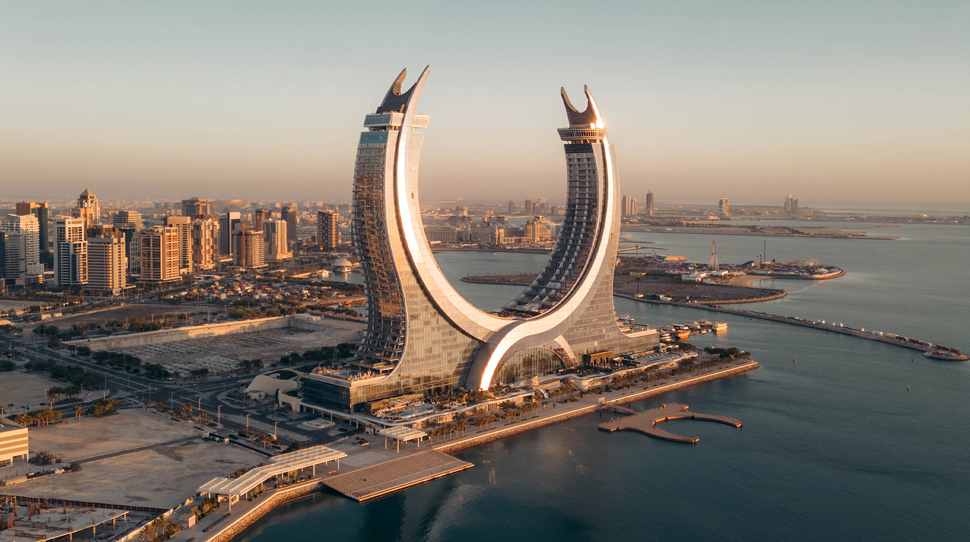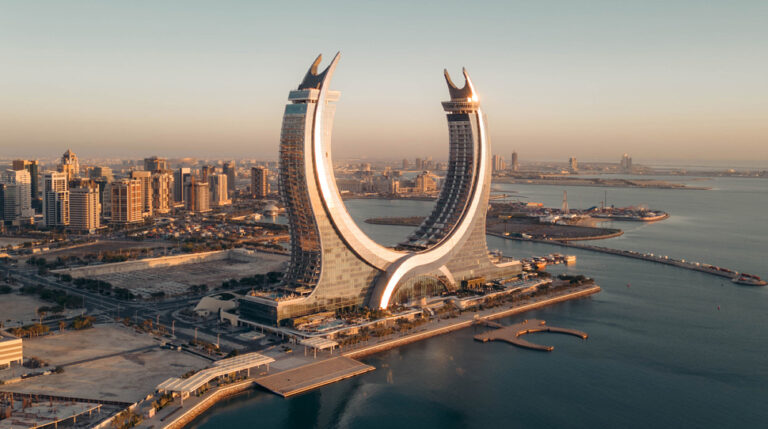
In 2025, the title of the world’s richest country goes once again to the small but mighty Gulf nation of Qatar. Despite its modest landmass and population size, Qatar consistently ranks at the top when it comes to GDP per capita, the most commonly used metric to measure the wealth of nations.
According to the International Monetary Fund (IMF) and the World Bank, Qatar’s GDP per capita in 2025 has soared above $125,000, placing it firmly ahead of other high-income nations like Luxembourg, Singapore, and Ireland.
How Does a Small Country Become So Rich?
The wealth of Qatar lies beneath its desert sands. The country possesses some of the largest natural gas reserves in the world and is one of the top exporters of liquefied natural gas (LNG). This energy resource has been the backbone of Qatar’s economy for decades. The country has smartly leveraged its energy wealth by investing heavily in infrastructure, education, health, and global assets.
Qatar’s leadership has focused on economic diversification, especially as the world gradually shifts toward renewable energy. The government’s Qatar National Vision 2030 initiative is a long-term development plan to reduce dependence on hydrocarbons and build a knowledge-based economy. Despite being deeply rooted in oil and gas, Qatar is actively investing in finance, sports, tourism, and real estate.
Key Factors Behind Qatar’s Wealth —
1. Natural Gas and Oil Exports:
Qatar’s massive exports of LNG make up a significant portion of its GDP. Its strategic position and long-term contracts with countries like China, Japan, and several European nations ensure steady revenue flow.
2. Small Population:
With a population of just around 3 million, and only a fraction being Qatari nationals, the wealth per capita is extremely high. This allows the government to provide world-class healthcare, education, and public services to its citizens.
3. Sovereign Wealth Fund:
Qatar has a sovereign wealth fund known as the Qatar Investment Authority (QIA), estimated to be worth over $475 billion in 2025. This fund invests in prime real estate, luxury brands, banks, and tech companies around the world, generating massive returns that further boost national income.
4. World Events and Branding:
Hosting global events like the FIFA World Cup 2022 boosted infrastructure development and international visibility. Qatar has since continued to promote itself as a global hub for diplomacy, sports, and culture.
Comparisons to Other Rich Countries
While Qatar takes the top spot in GDP per capita, it competes closely with other wealthy nations. Luxembourg, known for its banking sector and favorable tax policies, remains a strong contender. Singapore, with its advanced technology, logistics, and finance sectors, also ranks high. However, Qatar’s energy exports give it a distinct edge in overall wealth generation.It’s important to note that being “rich” in GDP per capita terms doesn’t always reflect equal wealth distribution. Many of Qatar’s residents are migrant workers from countries like India, Nepal, and Bangladesh, and they may not benefit from the same high standard of living as Qatari nationals. Nonetheless, Qatar remains a land of opportunity for many, offering competitive wages and better economic prospects than workers might find in their home countries.
Looking Ahead—
Qatar’s future looks promising. Its government continues to invest in sustainable growth, education reform, digital innovation, and tourism. Projects like The Lusail City, Education City, and the Hamad Port are part of a broader vision to make Qatar a leading global economy.
With prudent fiscal management, high-value exports, and strategic international investments, Qatar has solidified its position as the richest country in the world in 2025. As global energy dynamics evolve, Qatar’s adaptability and vision will be key to maintaining its economic dominance.

Your comment will appear immediately after submission.